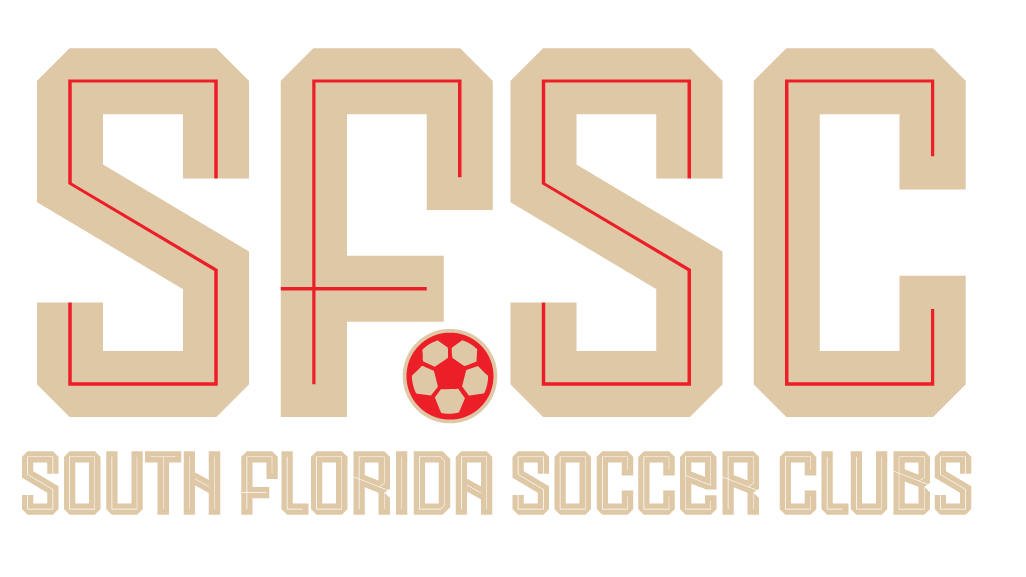Soccer Formations & Tactical Understanding
Soccer formations are more than just numbers—they shape how a team plays, defends, and attacks. Understanding formations helps players adapt to coaches’ strategies and helps parents better follow the flow of the game.
A formation is the team’s starting shape on the field. It’s usually written as a set of numbers representing:
- Defenders – Midfielders – Forwards
For example, a 4-3-3 means:
- 4 defenders
- 3 midfielders
- 3 forwards
Common Youth & Competitive Formations
4-4-2
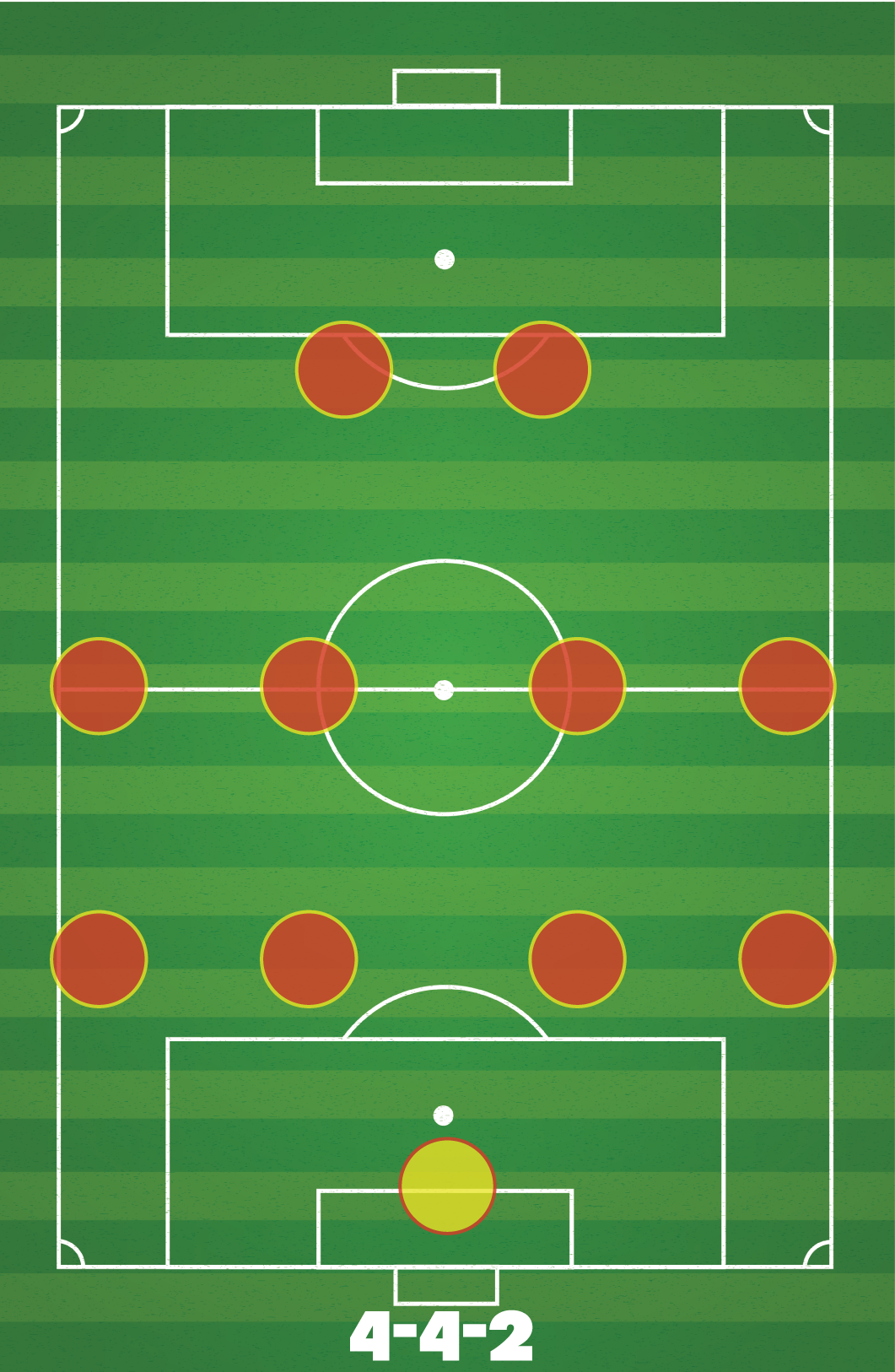
Balanced & Classic
- Used For: Simplicity, clear structure, balance.
- Strengths: Easy to understand, two strikers up front.
- Weaknesses: Can be outnumbered in midfield by modern systems.
4-3-3
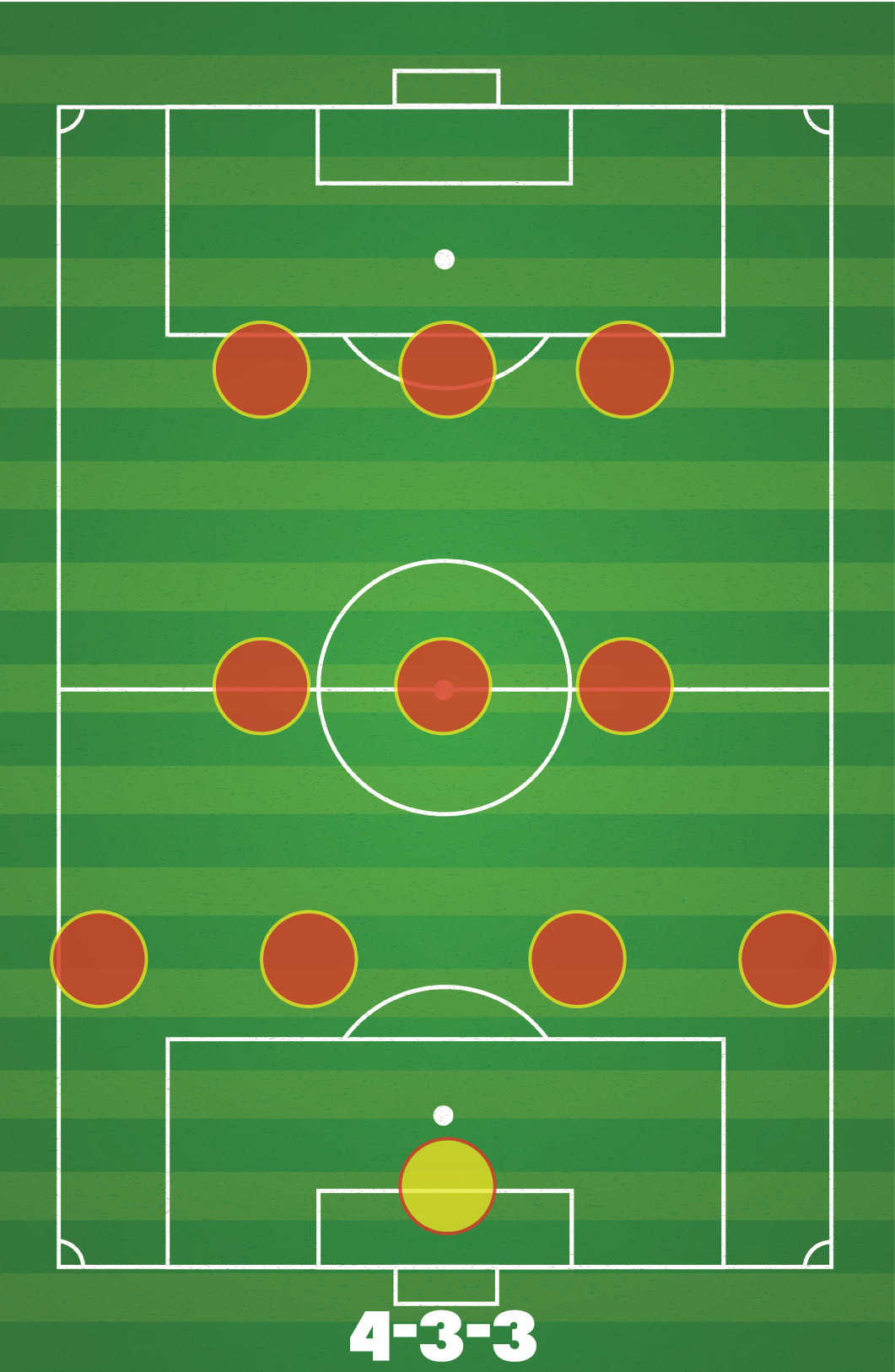
Attack-Oriented
- Used For: Possession and wing play.
- Strengths: Strong width, pressing high, midfield control.
- Weaknesses: Requires very mobile midfielders.
4-2-3-1
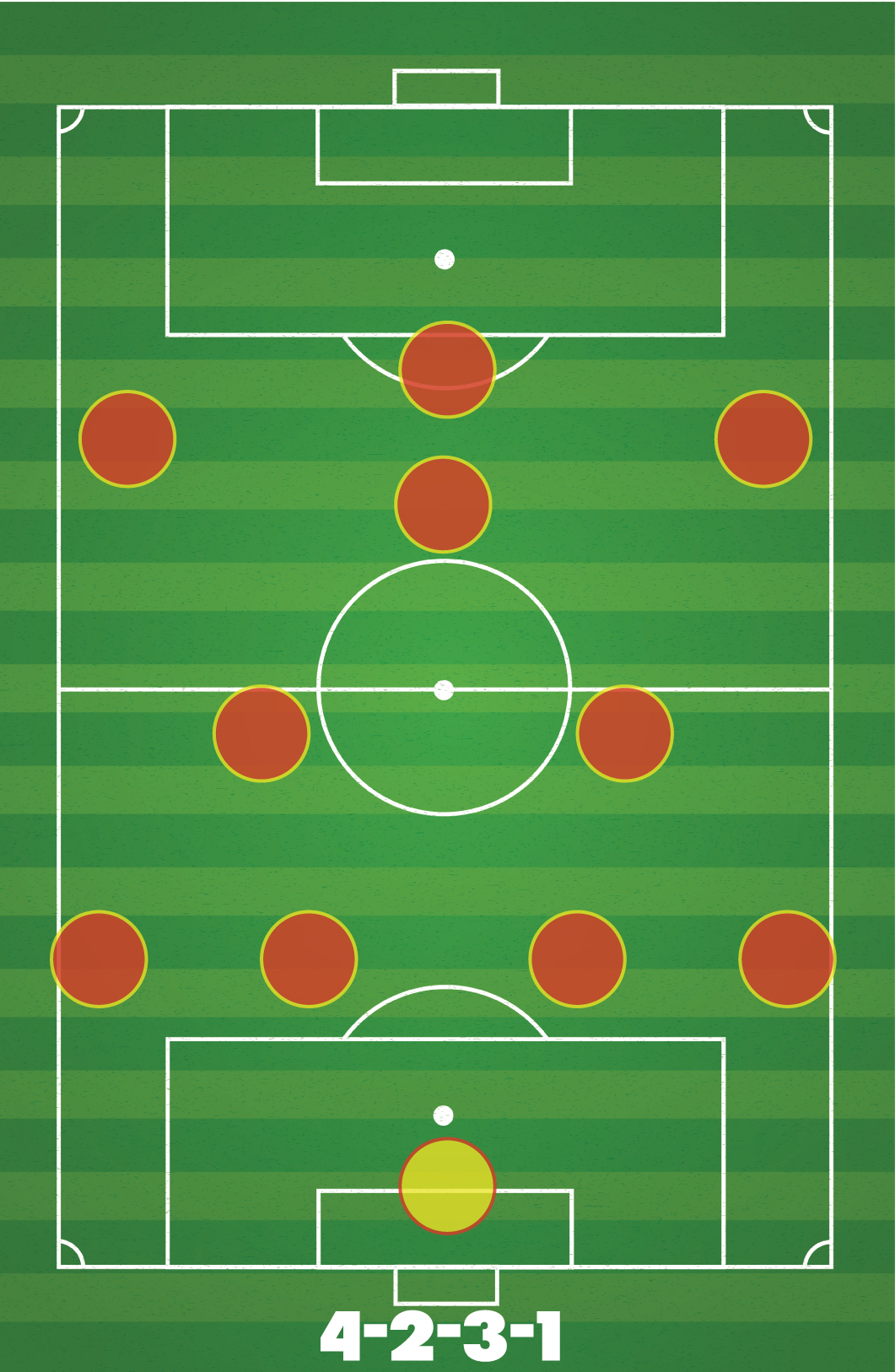
Modern, Tactical
- Used For: Compact defending, quick transitions.
- Strengths: Stability with two defensive mids, creative freedom for the “10.”
- Weaknesses: Lone striker may be isolated.
3-5-2
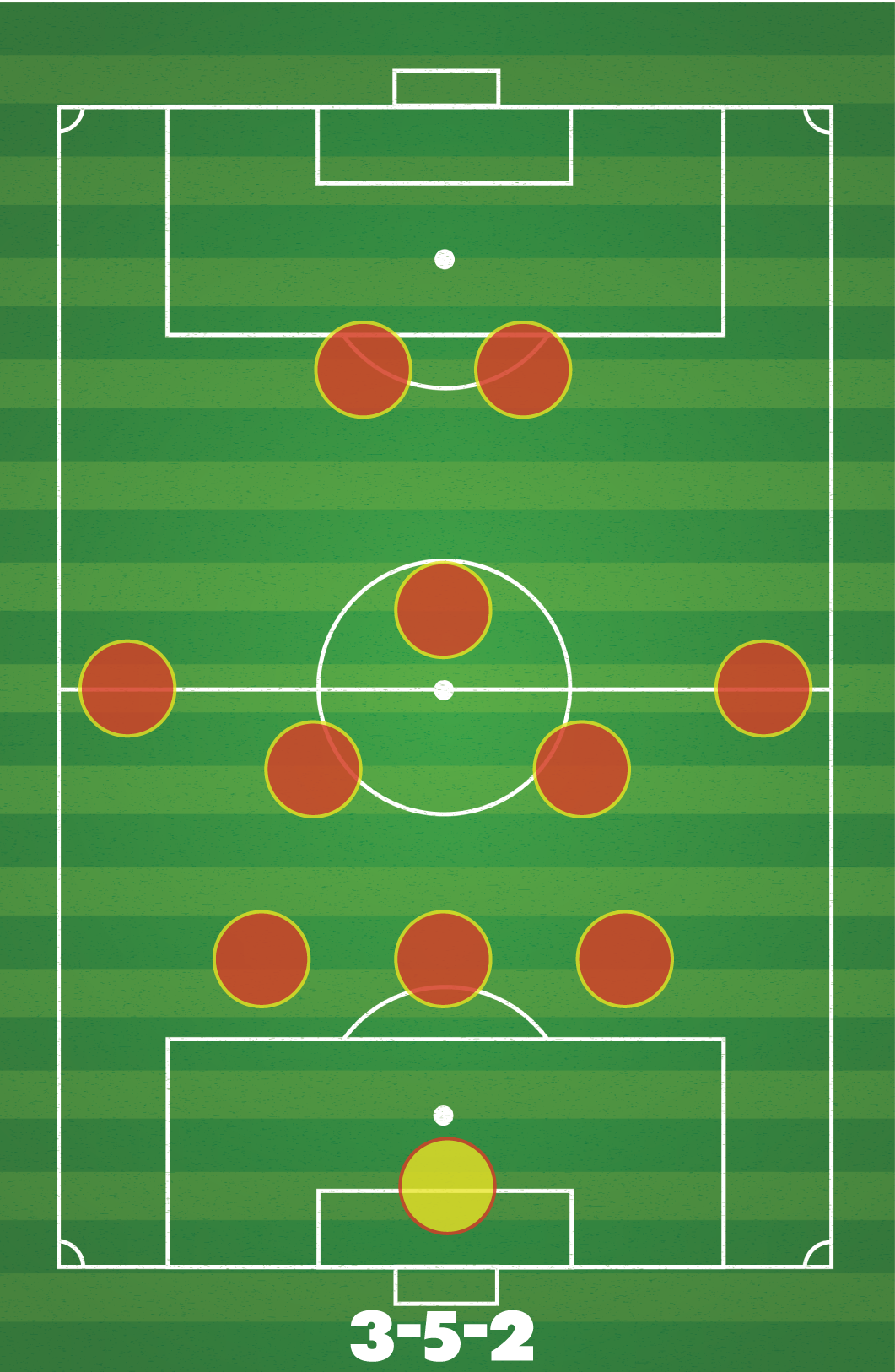
Strong Midfield Control
- Used For: Dominating midfield, attacking with wing-backs.
- Strengths: Numerical superiority in midfield.
- Weaknesses: Requires strong communication and pace from defenders.
3-4-3

High Press and Aggression
- Used For: Pinning opponents in their half.
- Strengths: Attacking overloads and fluidity.
- Weaknesses: Risky against counterattacks.






